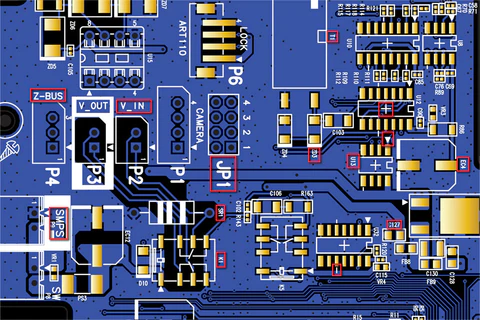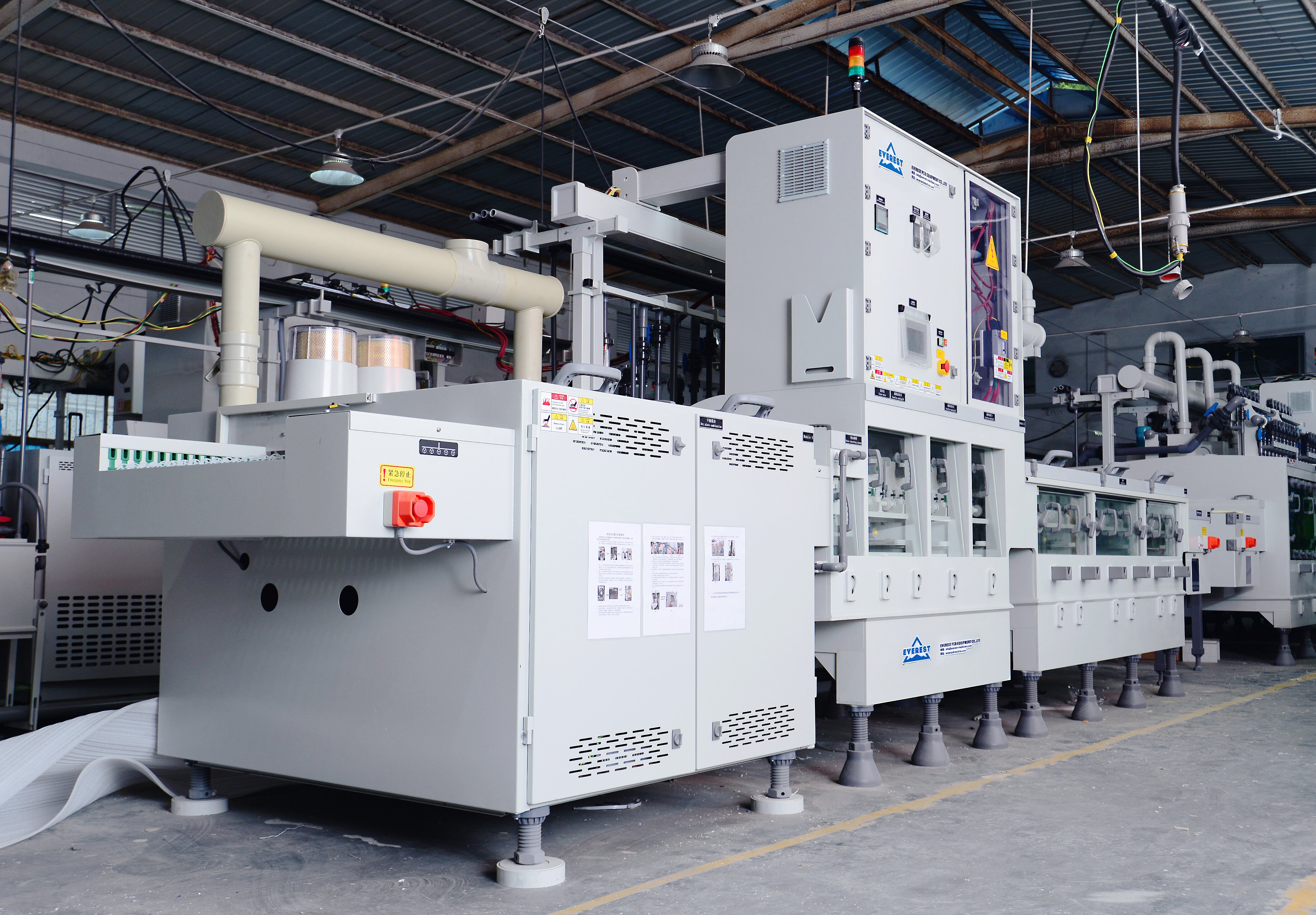Screen printing has been used for over 100 years, in both the commercial industry for printing images and designs on to clothing and accessories, and in the artistic sector to bring creative designs to life.
This traditional method of printing still remains one of the most popular techniques to date, and there are tons of great reasons why screen printing is often more favourable than alternative procedures such as digital printing. In this article, you will find out everything you need to know about screen printing.
The silkscreen is used to specify useful information on the PCB board that can help/assist users during assembly. It is used to mark component values, part numbers, test points, polarity etc.
WHAT IS SILKSCREEN IN A PCB?
PCB silkscreen provides text-based information of different circuit points, components, and other circuitry information as per requirement. Silkscreen marking consist of:
- Component reference designators
- Polarity marking
- Pin 1 marking
- Component boundaries
- Company logos
- Manufacturer marks
- Warning symbols
- Part numbers
- Version numbers
- Date code
Silkscreen information varies according to the size of the circuit boards. The most critical information should be prioritized if you have limited space.
TIPS FOR SILKSCREEN PCB DESIGN
Including a silkscreen improves the quality of PCB assembly and testing, as well as identification. Below are tips for strong silkscreen PCB designs:
- Be aware that certain fonts don’t do well during the PCB manufacturing process. This is true even with some fonts that software quickly creates. You should use fonts that your CM has approved.
- Stick with black or white and avoid other colors. Which shade you choose should create the most visible contrast with the solder mask color on the board. You cannot see and read the print easily if there isn’t enough contrast.
- Satisfy your CM’s requirements for clearance and dimension. If you don’t do this, components may end up obscuring your silkscreen items. If you cannot see all the items, the silkscreen won’t meet your needs.
- Ensure the silkscreen’s fonts are easy to read. Ask your contract manufacturer (CM) for help in designing effective PCB design guidelines. You should include this in your design for manufacturability (DFM).
- Trying to create a do-it-yourself (DIY) PCB silkscreen is a challenge. You cannot get the same results you would from the manufacturer. Make the silkscreen part of your PCB order. If you delay the silkscreen until later, you will not enjoy all the benefits.











